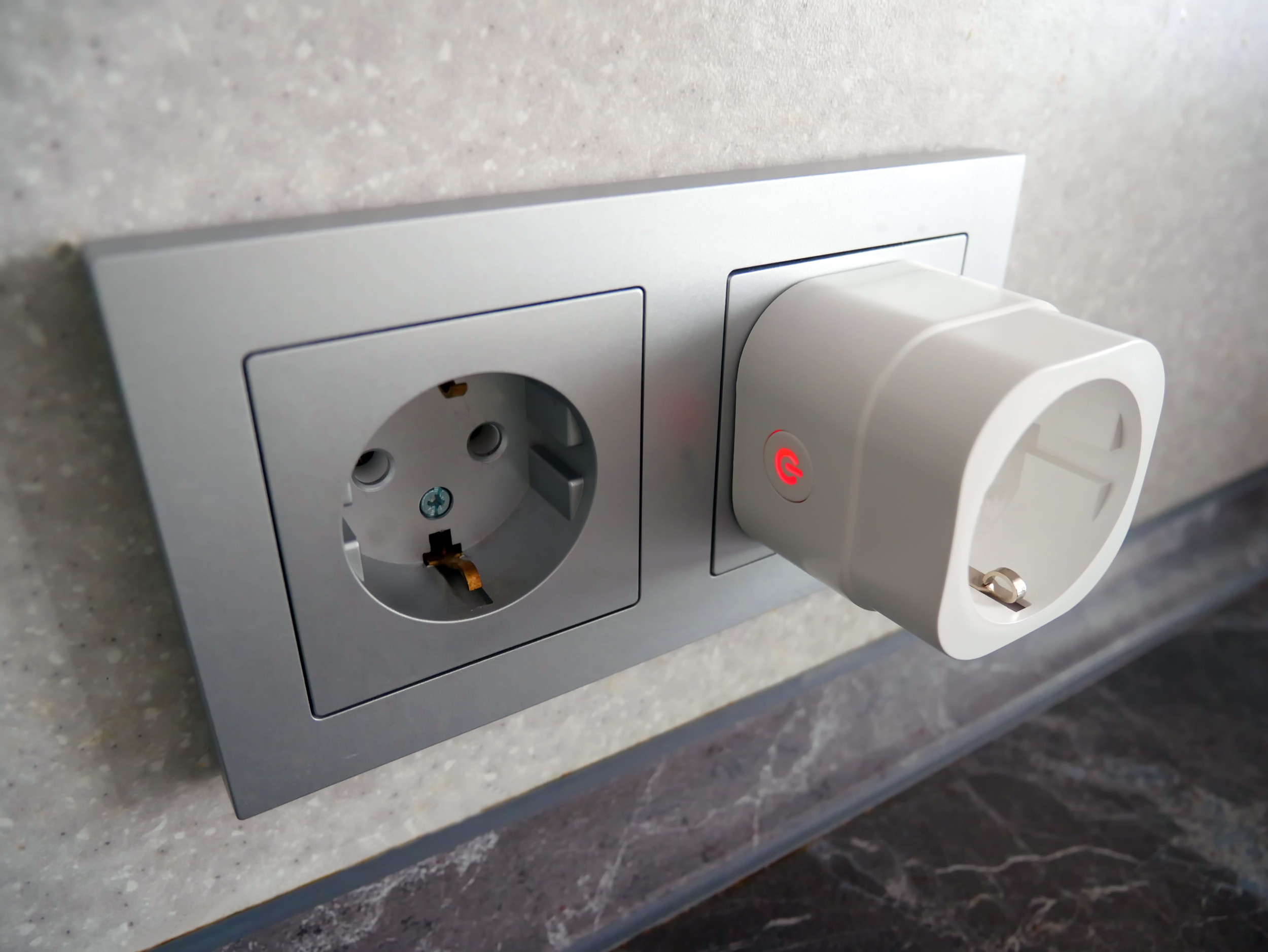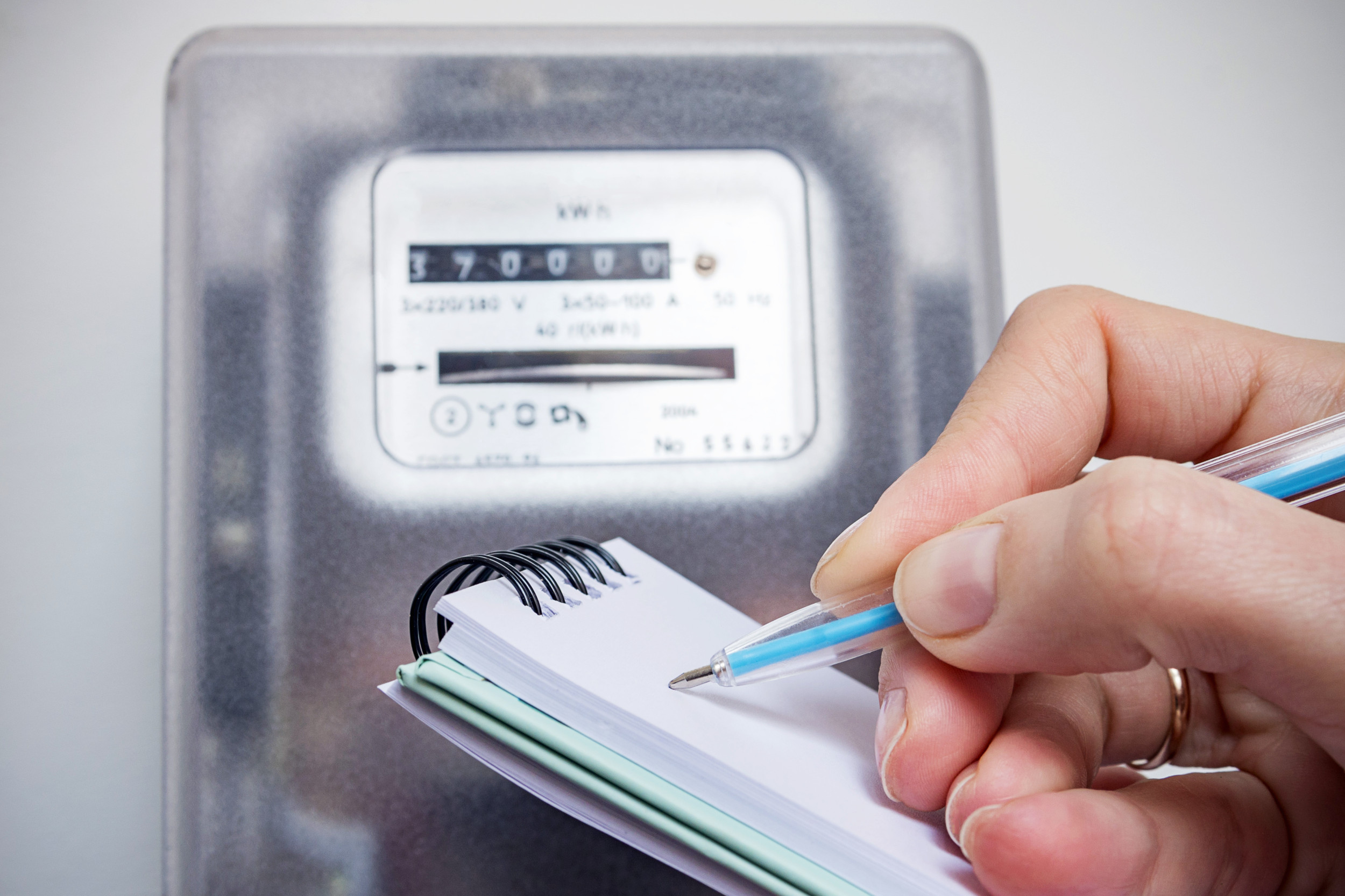Looking to cut down on energy bills this winter? According to the U.S. Energy Information Administration (EIA), as of December 11, the average residential electricity price in the U.S. is forecast to rise to 15.39 cents per kilowatt-hour (kWh) in 2023, up from 15.02 cents this year and 13.66 cents in 2021.
The average American spends around $2,000 a year on energy bills, and $900 of this goes on heating and cooling, according to the Environmental Protection Agency (EPA).
The EIA said: “Higher retail electricity prices largely reflect an increase in wholesale power prices, which are driven by higher natural gas prices.”
“We forecast that wholesale electricity prices at major power trading hubs will be about 20-60 percent higher on average this winter. The highest wholesale electricity prices are likely to be in New England because of possible natural gas pipeline constraints, reduced fuel inventories for power generation, and uncertainty regarding liquefied natural gas (LNG) shipments given the tight global supply conditions,” according to the EIA.
With prices expected to rise, Newsweek spoke to experts about several ways you can keep energy costs at bay this winter.

iStock/Getty Images Plus
1. Smart Thermostats, Plugs, and Power Strips
Paul Rhoads, co-founder and vice president at EnergyPricing.com, told Newsweek: “Smart thermostats can regulate the temperature of your home and look for ways to save energy. Some can be linked to your phone and predict when your home is empty. They can automatically adjust the temperatures in an empty home to optimize for energy savings.”
According to Cisco DeVries, an energy expert and former aide to the U.S. Secretary of Energy during the Clinton administration, smart thermostats can save you an average of 10 to 12 percent on heating and 15 percent on cooling, which amounts to nearly $145 per year.
DeVries, who is also the CEO of OhmConnect (a clean energy program in California that offers rewards for energy savings), told Newsweek: “The truth is that just because you turned the device off, doesn’t necessarily mean it stops using electricity. Some electronic devices that are off but remain plugged into a power source will continue to draw electricity—these devices are called energy vampires.”
Devices such as cable boxes/DVRs, game consoles, microwaves, coffee makers, space heaters, phone charges, and powered toothbrushes can account for around 20 percent of your monthly electricity bill, according to DeVries.
“To overcome these energy vampires, use smart plugs or smart power strips. These smart devices will detect when you’re no longer using a device and turn off the power supply,” DeVries advised.

iStock/Getty Images Plus
2. Tankless Water Heaters and Other Energy Efficient Appliances
Tankless water heaters “heat water on demand” and could help you save up to 30 percent on your energy consumption, according to Rhoads.
DeVries said that, unlike hot water tanks, tankless energy heaters don’t have to keep a large hot water tank hot, so it eliminates the “standby energy loss” that occurs with traditional tank water heaters.
While tankless water heaters can cost anywhere from $500 to $1,000, ENERGY STAR-certified tankless water heaters (which meet the energy efficiency criteria set by U.S. government agencies) use 30 percent less energy, on average, than storage water heaters, the energy expert said.
Below are some other ENERGY STAR-certified appliances to look out for, as recommended by DeVries:
- ENERGY STAR refrigerators use 50 percent less energy than refrigerators 15 years ago.
- ENERGY STAR LED light bulbs use 90 percent less energy and last 15 times longer than regular bulbs.
- ENERGY STAR washing machines use 25 percent less energy and 33 percent less water than regular machines.

iStock/Getty Images Plus
3. Ramp Up Insulation
Form a tight seal and keep cool temperatures from entering your home with high-impact windows. According to DeVries, on average, high-impact windows will cost somewhere between $40 and $55 per square foot of glass and will last for around 25 years.
DeVries added: “Attic insulation, air sealing, and floor and crawl space insulation will keep your house warm in the winter and cool in the summer. Typically, insulation costs roughly $1.59 [per] square foot. However, installation can vary between $400 to $1,200 for a complete installation.”
4. Improve Your Heating, Ventilation and Air Conditioning System
Tony Abate, a certified indoor environmentalist as designated by the Indoor Air Quality Association and the American Air Quality Council, told Newsweek: “One little-known way to save energy in your home can be found by making a simple fix to your heating and air conditioning system.”
According to Abate, who is also the vice president and chief technical officer at AtmosAir Solutions based in Connecticut, adding “high-tech bi-polar ionization [BPI] tubes” to your HVAC (heating, ventilation and air conditioning) system, which is “one of the biggest consumers of energy in a home,” can save a considerable amount of energy.
Installing BPI tubes can make a home more sustainable by reducing energy emissions and usage, while not emitting ozone or other toxic byproducts, making the residence healthier and providing “pristine healthy indoor air quality,” he said.
Abate explained: “BPI reduces energy consumption by using less unconditioned outside air. Not having to condition outside air, means the home can re-circulate purified and conditioned air, which will use significantly less power and energy and make your HVAC system more efficient. Additionally, BPI devices can lower home costs by as much as 25 percent.”

iStock/Getty Images Plus
5. Find a Low Energy Rate
Rhoads said: “If you happen to live in one of 20 or so deregulated states [where one company does not have a monopoly over the state’s electricity system], then you can shop for electricity and/or natural gas on the free market. Sometimes purchasing your energy from an alternative supplier can allow you to secure a lower rate and save right away.”
Websites like EnergyPricing.com can help consumers in deregulated states find energy suppliers with low rates.
6. Join a Clean Energy Program
DeVries said programs like OhmConnect pay residents to reduce their energy consumption when the state’s electrical grid is stressed.
Residents can join OhmConnect for free and receive a text message during an OhmHour (a time when the grid is stressed and their utility is about to switch to dirty fossil-fuel power).
When the user powers down during an OhmHour, they’re rewarded with cash and prizes and a resident can earn anywhere between $25 to $50 per month, DeVries said.

iStock/Getty Images Plus
7. Monitor Your Energy Usage
Customers can keep a close eye on energy usage through a smart electrical panel, creating their “own home microgrid,” which lets users “deploy, manage, and optimize electrical appliances and assets, such as solar PV (panels), energy storage, and electric vehicle charging—all from a smartphone app,” Alex Bazhinov, the founder and president of Lumin, a Virginia-based provider of smart electrical panel hardware, told Newsweek.
Curb is another home energy monitoring device from Elevation (an Arizona-based residential energy technology company) that can tell homeowners which of their appliances drains the most energy.
Greg Fasullo, the CEO of Elevation, told Newsweek: “Curb connects to a home’s electrical system to give real-time data that can help track electric costs and detect spikes and usage trends. Curb connects directly to a breaker box and can monitor up to 18 major appliances or zones in a home.”
The “biggest edge” that Curb has over other similar products is its ability to provide real-time data. “Energy-efficiency improvements in homes have often been a long, piece-by-piece process. Curb unlocks the capability to stay connected and monitor energy consumption in real-time,” Fasullo said.
Optiwatt, the largest telematics-based managed charging platform in the U.S., operates a free app that lets people track and manage home energy usage around electric vehicle charging and home heating/cooling.
Casey Donahue, the founder and CEO of Optiwatt, told Newsweek: “The app automates and schedules energy usage around times of peak energy demand. This means they’re charging/heating/cooling at times when energy costs are least expensive.”
Do you have any great money saving tips? Let us know at life@newsweek.com and your tips could be featured on Newsweek.




